How to Do a Hot Oil Treatment At-Home for Hair That Looks Thicker + Shinier Instantly
And the best oils to use based on your hair type and color

Are your tresses under distress? We’ve all been there and know how frustrating it is when strands are dry and brittle. Whether it’s from over-styling, harsh weather or getting color treatments every six weeks, sometimes our hair needs a little extra TLC. Enter: Hot oil treatments. They’re “a really good way to hydrate your hair,” says Dana Ionato, a colorist at at Sally Hershberger NoMad salon in New York City. And “they open the cuticle, go in and actually leave [hair] hydrated.” If you’ve never done one and are curious to try it, we polled Ionato and Stephanie Angelone, a hairstylist with RPZL, for all you need to know and how to do a hot oil treatment yourself. Keep scrolling for the DIY remedy that will make your hair look youthful and shiny in no time.
The history of hot oil treatments
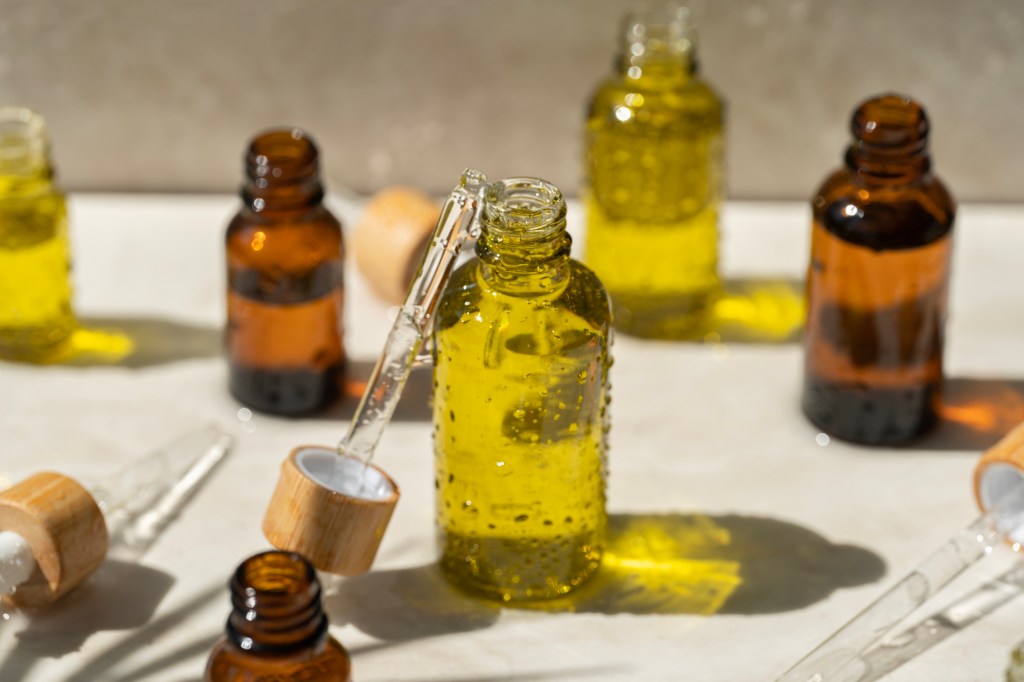
First, let’s get into the history of this self-care ritual that’s stood the test of time. Hot oil treatments are popular today, but they have a rich history and go back to ancient civilizations. Isn’t it refreshing to know that gorgeous hair was a goal even back then?!
Hot oil treatments were used in India as early as 5,000 years ago, as part of the Indian Ayurvedic tradition, which is all about natural remedies for overall well-being. It’s likely that sesame and coconut oils were used for hot oil treatments during this time. Egyptian women were also known to treat their hair with natural oils and are said to have used both olive and castor oils.
Roman women also valued healthy hair and used olive oil, which was abundant in the area, for hair treatments. There are also references to them using warm baths to enhance the oil’s effectiveness. Additionally, various indigenous cultures in North America have used jojoba oil, while Polynesian women use coconut oil as hot oil treatments to nourish and protect their hair.
So, while the core concept remains the same, hot oil treatments have evolved in modern times. Today, hot oil treatments may come packaged for purchase (or you can simply buy an oil, heat it up and use it), but the practice and purpose is the same.
The benefits of a hot oil treatment
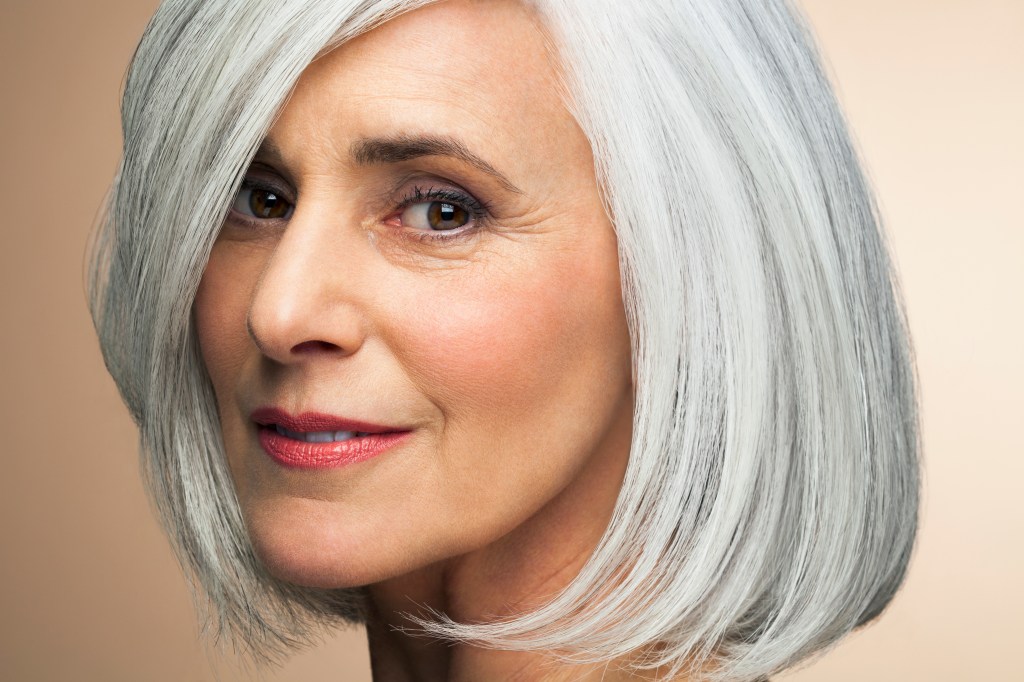
Hot oil treatments have multiple benefits, depending on what type of oil you’re using, says Angelone. “They can range from adding hydration to dry, brittle hair, helping split ends, scalp oil treatments for hair regrowth and maintaining your scalp’s integrity if you suffer from dandruff or psoriasis,” she explains. And on top of that, Ionato adds that “hot oil treatments benefit the hair because they improve the elasticity, moisture and shine.”
What hair types work best for a hot oil treatment
These treatments work well for all hair types. “The most popular use for hot oil treatments is for hair that is on the drier side,” says Angelone. “Curly hair and textured hair benefit the most from this as curly hair always tends to be more dry.” However, when it comes to fine hair specifically, Ionato suggests using a lightweight oil that won’t weigh down strands and make them look greasy (more on this below).
The best natural oils to use for hot oil treatments
If you want to go the DIY route for your hot oil treatment, Ionato shares the best natural oils to use. Tip: She says you can mix multiple oils together or just use one of each at a time.
1. Coconut oil
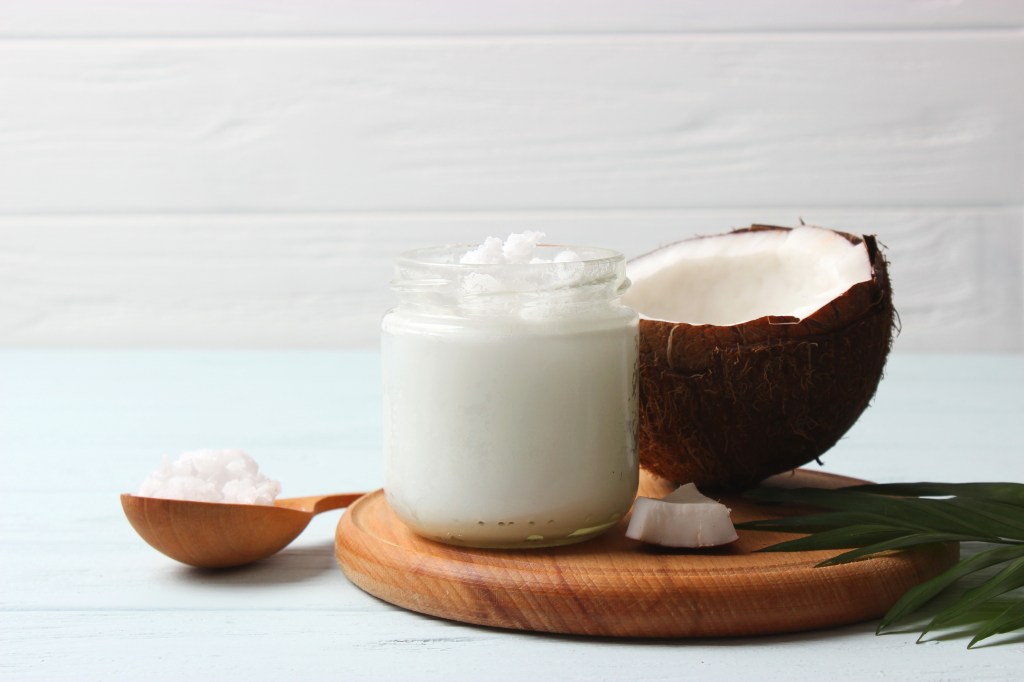
Coconut oil is widely available and works perfectly for an at-home hot oil treatment. It contains fatty acids, antioxidants and proteins that hydrate and condition hair so it looks soft, smooth and shiny. And the oil is lightweight, which makes it great for all hair types, but especially for those with thin or fine strands.
Plus, Ionato says it’s “the best for blondes, because it’s white in color and when it gets [melted], it’s clear so it will not stain your blonde hair to make it darker or brassy.” Because of this it’s also great for women with gray hair.
2. Jojoba oil
This oil is also lightweight but still nourishes locks as it will hydrate your hair and scalp so that new hair grows in stronger, says Ionato. It’s rich in vitamins and minerals that strengthen strands and promote healthy hair growth. Ionato adds that jojoba oil is better for medium blonde or darker hair because it’s has a rich yellow tinge to it.
3. Castor oil
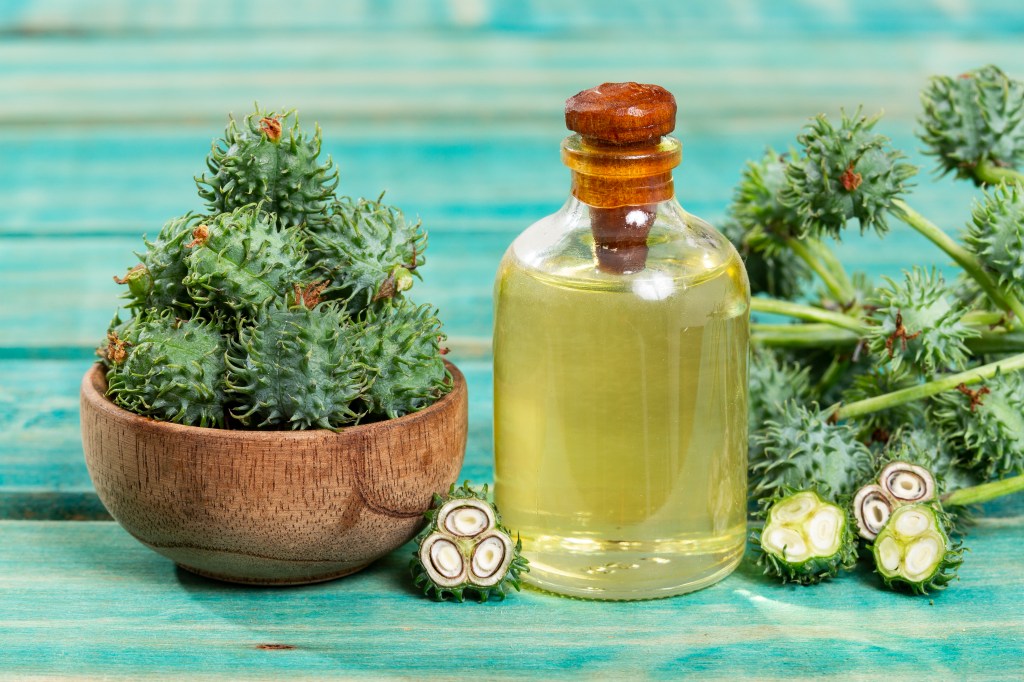
Castor oil, which is one of the oldest remedies that helps grow hair, can be used on the scalp, hair and even eyebrows, says Angelone. It works because its fatty acids promote blood flow to the scalp, which can promote hair growth. These fatty acids also hydrate hair and fortify follicles to reduce shedding. Note: Castor oil tends to be much more viscous so it works best for those with thicker hair.
The best ready-made hot oil treatments
Here, the products that help make how to do a hot oil treatment as easy as 1, 2, 3.
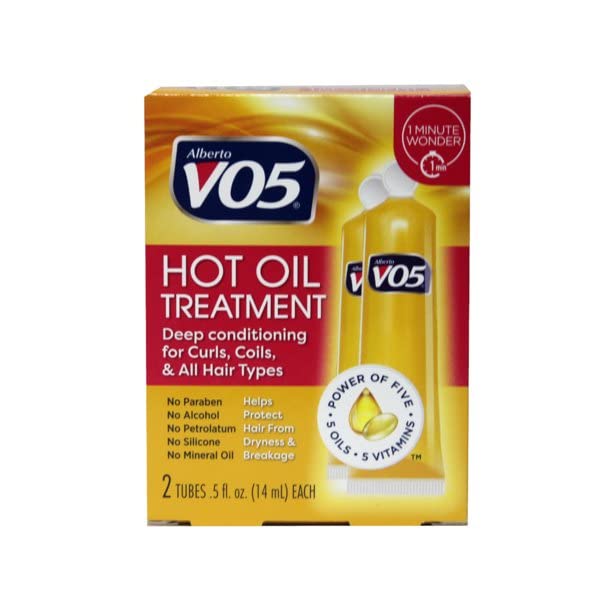
“Back to the basics!” says Ionato. You might remember this brand’s hot oil treatments from the ‘80s and ‘90s, when they were especially popular. This hot oil treatment is small and great for travel, she adds. It’s made of plant oils and is free of mineral oil and fragrance, which Ionato says makes it great for sensitive scalps.
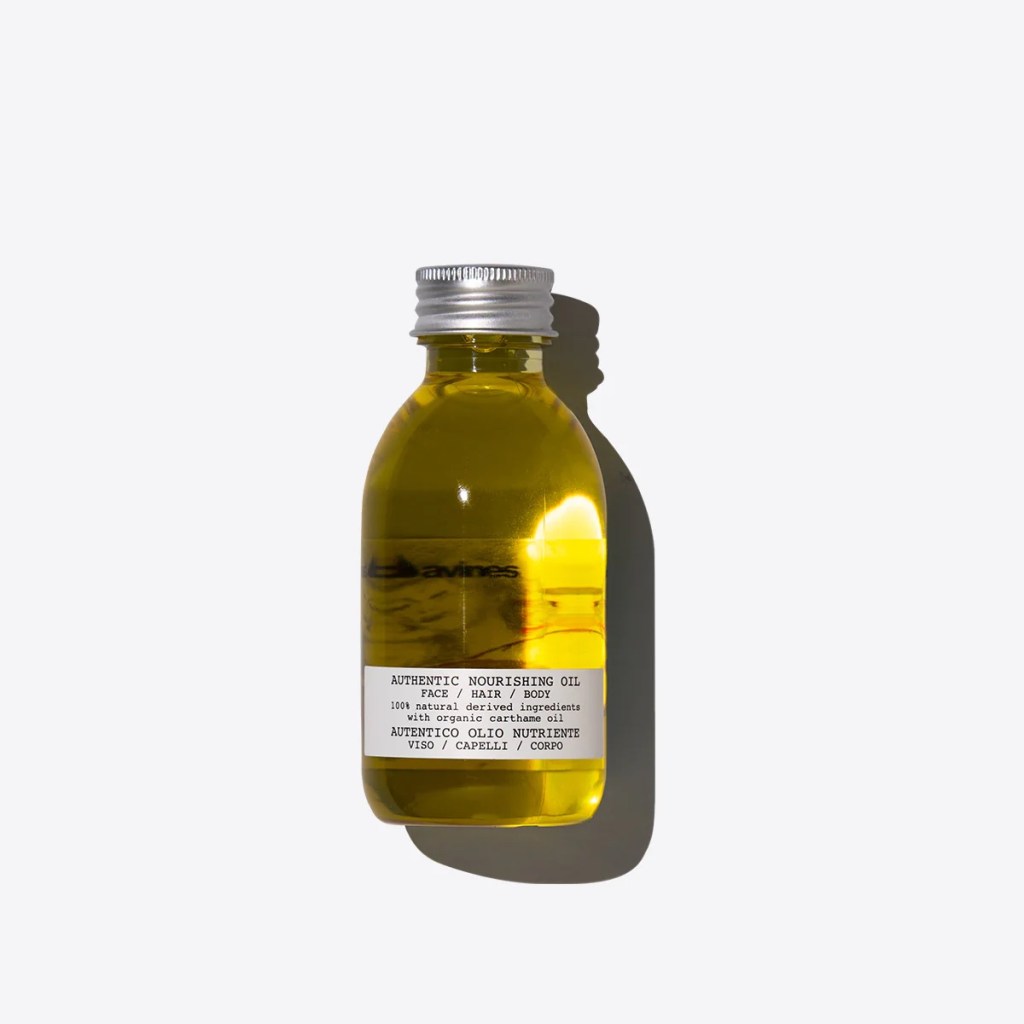
This oil is especially good for those with curly or wavy hair, says Ionato. And it contains all natural ingredients that include sunflower, sesame and jojoba oils that deeply penetrate the hair shaft when warmed to restore moisture and strengthen strands.
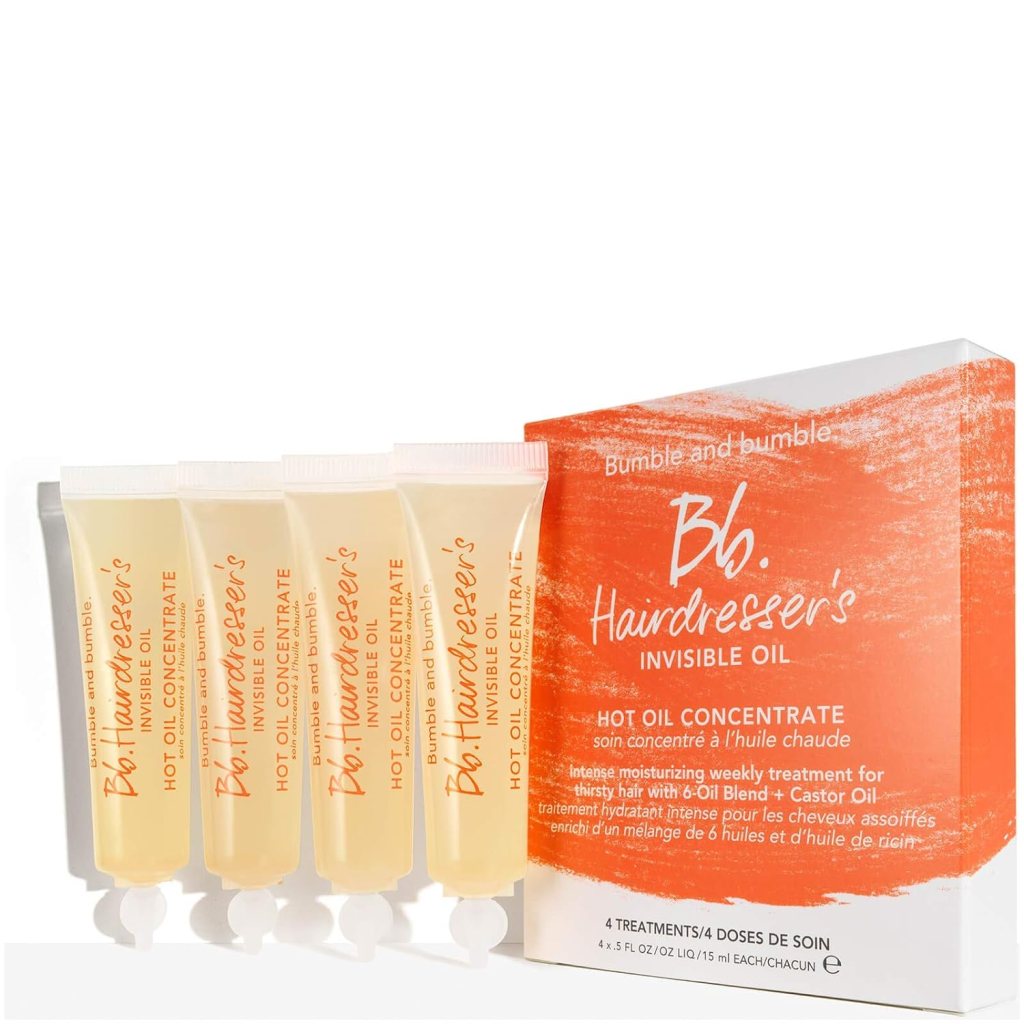
Bumble and bumble Invisible Oil Hot Oil Concentrate
Ionato likes this Bumble and bumble hot oil as well. Its blend of six oils, like coconut, safflower and castor oils, rehydrate and nourish hair.
How to do a hot oil treatment
Now that you know what oils or products work best for a hot oil treatment, you’re ready to test out this method. And thankfully, doing a hot oil treatment at-home is pretty easy — just follow these 4 simple steps.
Step 1: Start with clean hair
“All hot oil treatments work better when you do them on clean hair, and then shampoo and condition after,” explains Ionato. The reason? The oil is able to better sink into strands if there’s no product buildup, oil or other purities sitting on the hair shaft or scalp. After hair is clean, you can dry hair or do the treatment on damp hair.
Step 2: Heat up the oil
As for how to heat up your hot oil treatment, there are a couple of ways to do it. You can put your hot oil tube (if you’re using one that comes in a tube) in a mug of hot water and let sit for 5 minutes. But Ionato says you can also put your oil in a glass bowl and microwave for 10 to 15 seconds. Lastly, after applying room-temperature oil, you can put a warm towel over your hair “for 20 minutes max — I wouldn’t leave it [on] longer than that,” notes Ionato. And if you’re curious about how much oil to use, try 2 Tbs. for short hair, ¼ cup for medium-length hair and ½ cup for long hair.
Step 3: Apply the oil

Once the oil is warm, apply it starting at the ends and work up to the scalp until all of hair is saturated with the oil. Then, cover hair with a shower cap, which will help keep the oil warm. Ionato suggests leaving the treatment on for 30 minutes so as not to clog the pores on your scalp.
Step 4: Wash and condition hair
After 30 minutes have passed, “make sure to rinse it out very well and then shampoo after and conditioner [as the] last step,” advises Ionato. She says you may even want to shampoo twice before applying your conditioner to ensure excess oil is removed.
For an in-depth tutorial, watch the below video from @shantinamonque on YouTube.
How often should I do a hot oil treatment?
Ionato recommends doing hot oil treatments once a week or once every other week depending on your hair, texture and thickness. “If you have thick, curly hair you could do it every week,” she says. They’re a great alternative to using a mask because “they open the cuticle and penetrate further into the hair,” she explains since the oil is heated.
How to care for hair post-hot oil treatment
Angelone says to use a good sulfate-free shampoo afterward to remove excess oil and it’s best to not over-cleanse your hair. “Try not to wash your hair more than two or three times per week and use heat protectors before styling and blow drying,” she says. This keeps hair healthy and hydrated so the benefits of the hot oil treatment last.
For more hair care tips, click through these stories:
Hair Experts’ Top 5 Tips for a Healthy Scalp to Help Reverse Hair Loss, Dandruff and More
Here’s How Hair Plopping Adds Definition, Bounce + Shine: No Heat Needed
Is Dry Shampoo Bad for Hair? Experts Weigh In + How to Pick the Best One for You


















